In response to an increasing need and demand for at-home omega 3 testing, Dr Bibus and Dr Holman developed the Holman Omega-3 Blood Spot Test.
the Holman Omega-3 Blood Spot Test.
The Holman Omega3 blood test allows you to collect a sample of blood from simple finger prick that can then be tested for a complete fatty acid profile. From this we can determine if you are getting adequate dietary omega 3, or if adjustments need to be made.
The Holman Omega-3 blood test kit includes an at-home method for obtaining a blood spot sample. This is analyzed by Lipid Technologies using their precision proprietary method for high sensitivity blood fatty acid analysis, specifically focusing on your omega 3 and omega 6 fatty acid levels.
The Holman Omega-3 blood test is a great step towards achieving the vibrant health you deserve. This easy-to-use home sample collection kit offers a way to get a quick, accurate assessment of your essential fatty acid status.
After your sample has been analysed, you’ll receive a report that identifies your entire fatty acid profile, focusing on your omega 3, omega 6 as well as levels of other important fatty acids. The results contain important information that can help you make informed choices about your diet and reduce your risk of inflammatory diseases, including cardiovascular disease.
It is recommended to repeat the Holman Omega3 blood spot test every 3-6 months, you will be able to visually track your progress and see how the changes you made in your diet (reducing omega-6s & adding omega-3s) are helping to improve your overall health. You will also be able to determine the optimal dose of supplements and dietary intake.
What does the Holman Omega-3 Blood Test Report include?
Total Omega3 Score
Your total omega 3 score is generated from the measured amount of omega 3 in your bloodstream, described as a percentage figure.
For example, if your omega 3 score is 5%, it means that 5% of the total fatty acids in your blood are made up of omega 3 fatty acids (a group of fatty acids which includes EPA, DPA, DHA and more). In certain populations such as the Japanese, who consume large amounts of marine based foods, the total omega 3 score is typically over 15%
Omega-3 ALA
This is the total amount of ALA (alpha-linolenic acid) in your blood, as a percentage of all fatty acids. Certain plant foods contain this “short-chain” omega-3 fatty acid, less than 10 percent of which the body may convert into the “long-chain” omega-3 HUFA (EPA and DHA) it actually needs.
- The average person eating the Standard American Diet will have an ALA score of less than 1%.
- For optimal health, the ALA level in your blood should exceed 2%.
Omega-3 EPA
This is the total amount of EPA (eicosapentaenoic acid) in your blood, as a percentage of all fatty acids. The average person eating the Standard American Diet will have an EPA score of less than 1%.
- For optimal health, the EPA level in your blood should exceed 3%.
Omega-3 DPA
This is the total amount of DPA (docosapentaenoic acid) in your blood, as a percentage of all fatty acids. DPA is a lesser-known omega-3 fatty acid that is increasingly seen as important to health, in part because it can be converted to DHA by the body.
- The average person eating a Standard American Diet will have a DPA score of less than 2%.
- For optimal health, the DPA level in your blood should exceed 2%.
Omega-3 DHA
This is the total amount of DHA (docosahexaenoic acid) in your blood, as a percentage of all fatty acids.
- The average person eating the Standard American Diet will have a DHA score of less than 3%.
- For optimal health, the DHA level in your blood should exceed 5%.
Total Omega-6 Score
Omega-6 fatty acids are essential to health, but occur in extreme excess in the Standard American Diet. This is especially true of polyunsaturated linoleic acid (LA), which predominates in the most commonly used vegetable oils (corn, soy, safflower, sunflower, cottonseed) and the processed foods made with them. LA is converted in the body to an omega-6 HUFA called AA (arachidonic acid).
Omega-6 AA is the precursor to various hormone-like compounds called eicosanoids (eye-cos-ah-noyds), which strongly influence immune system processes. Having an excess of AA in your blood tends to produce a pro-inflammatory environment in the body.
- The average person eating the Standard American Diet will have an AA score of about 13%.
- For optimal health, the AA level in your blood should be less than 9%.
- DGLA (dihomo-gamma-linolenic acid) is created when the body converts dietary omega-6 LA to omega-6 AA. People’s DGLA levels don’t generally reveal much about their heart health. Although other omega-6s generally promote and sustain inflammation, DGLA typically exerts inflammation-moderating effects.
Omega-6/Omega-3 Ratio
This result provides a general measure of where you stand in comparison to the U.S. average and to the optimal ratio (less than 5:1 omega-6s to omega-3s).
By itself, your Omega-6/Omega-3 Ratio has limited meaning because it does not reflect the amounts of these fatty acids in your blood. Having a “good” (low) ratio of omega-6s to omega-3s might provide a false sense of security if the amounts of both are too low.
However, it’s good news if you have a low Omega-6/Omega-3 Ratio (less than 5:1) and your Total Omega-3 Score equals or exceeds the “optimal” level (more than 9%).
AA/EPA Ratio
This is the ratio of the omega-6 AA to the omega-3 EPA in your blood. AA is essential to human health and only becomes bad in excess.
- For optimal health, you should have no more than five times as much AA as EPA; i.e., your ratio should not exceed 5:1. 6
Dr. Ralph T Holman
Dr Ralph Holman was a pioneer in the field of lipid and fatty acid biochemistry. He discovered and reported many of the fundamental aspects of fatty acid metabolism that are known today.
In 1963 he coined the term “Omega” to define the two classes of essential fatty acids and is now known as the ‘Father of Omega-3’. Dr Holman’s accomplishments are many including his membership in the American Academy of Sciences, founding editor of LIPIDS and Progress in Lipid Research and being a full professor at the University of Minnesota and Mayo Clinic. Also of significance was his education of hundreds in the field of fatty acid biochemistry and nutrition.
Many of the top lipid analysts and researchers today passed through his laboratory at the Hormel Institute, The University of Minnesota. Dr Holman was the first person to measure omega 3 fatty acids by alkaline isomerization and developed a world class fatty acid analysis program that served as the basis of Lipid Technologies, LLC. He is the co-owner of the lab that does the Holman Omega blood test.

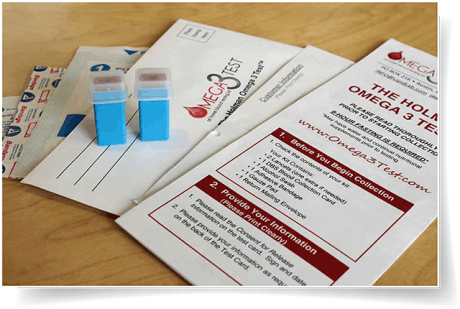
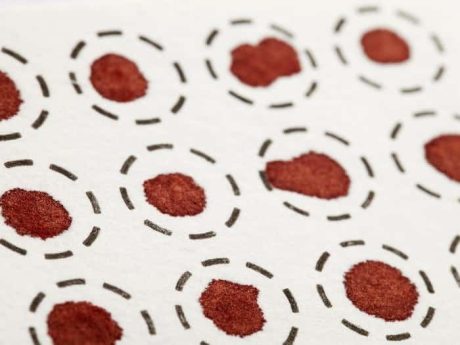
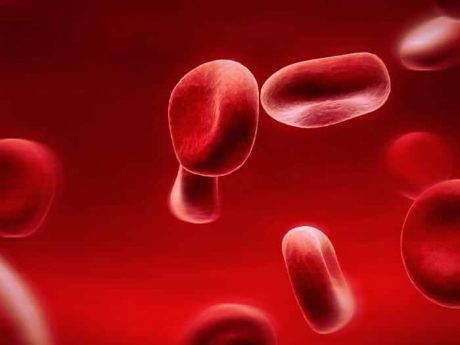

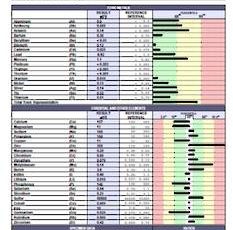

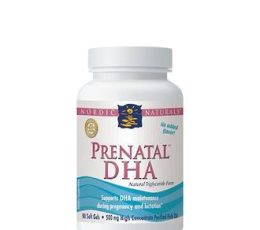
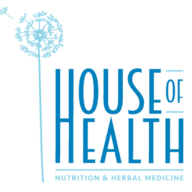


Reviews
There are no reviews yet.